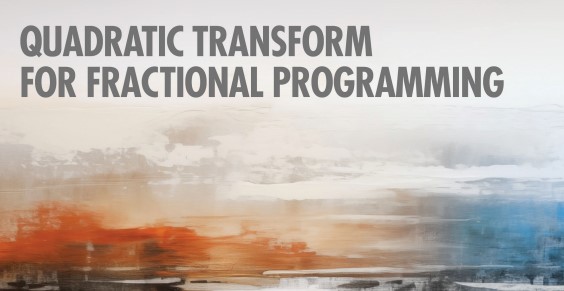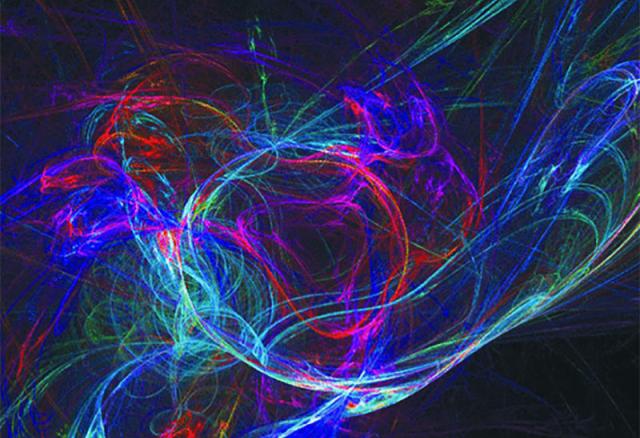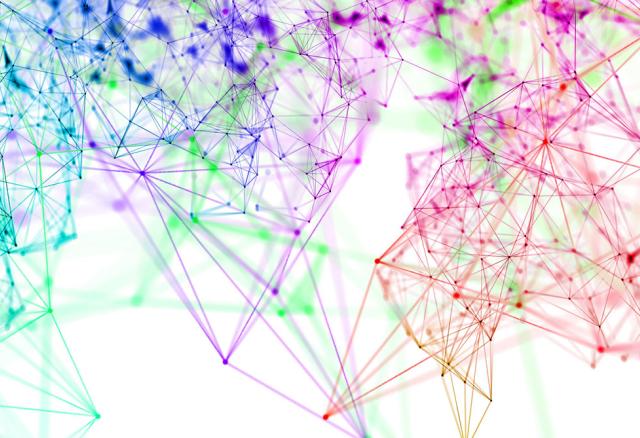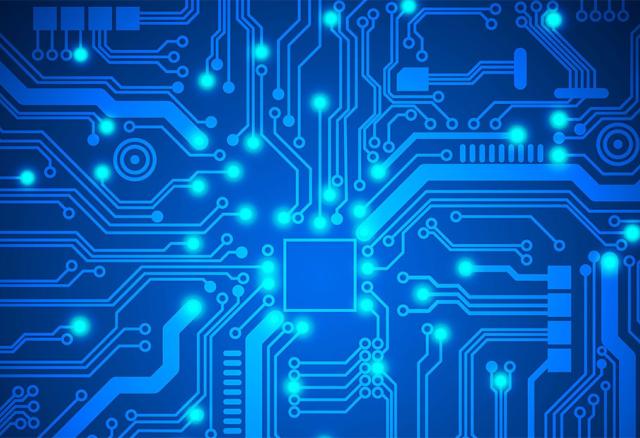
- Home
- Publications & Resources
- IEEE Signal Processing Magazine


CURRENT ISSUE

CURRENT ISSUE
January 2025
Spatial Frequencies and Degrees of Freedom: Their roles in near-field communications
As wireless technology begins to utilize physically larger arrays and/or higher frequencies, the transmitter and receiver will reside in each other’s radiative near field. This fact gives rise to unusual propagation phenomena, such as spherical wavefronts and beam focusing, creating the impression that new spatial dimensions—called degrees of freedom (DOF)—can be exploited in the near field.
Special Issue on Near-Field Signal Processing: Communications, Sensing, and Imaging
Multichannel signal processing technologies are moving toward the deployment of small and densely packed sensors yielding extremely large aperture arrays (ELAAs) in order to provide higher angular resolution and beamforming gain. In particular, technologies are moving beyond the fifth-generation (5G) networks, wherein the adoption of ELAAs or surfaces and the exploitation of higher-frequency bands, e.g., terahertz
November 2024
Microphone Array Signal Processing and Deep Learning for Speech Enhancement: Combining model-based and data-driven approaches to parameter estimation and filtering
Multichannel acoustic signal processing is a well-established and powerful tool to exploit the spatial diversity between a target signal and nontarget or noise sources for signal enhancement. However, the textbook solutions for optimal data-dependent spatial filtering rest on the knowledge of second-order statistical moments of the signals, which have traditionally been difficult to acquire.
Our Fall Flagship Event: A Story of Past Accomplishments and Proposed Innovations
I am writing this short note as I am about to board a plane to Abu Dhabi to join those of you who are attending the 2024 edition of the International Conference on Image Processing (ICIP 2024). The team organizing ICIP 2024 has put together an outstanding technical program that includes world-class plenary speakers discussing research and industrial trends.
Special Issue on Model-Based and Data-Driven Audio Signal Processing
“All models are wrong, but some are useful” - understanding “models” as analytical mathematical models, this aphorism, originating from George Box in 1976, motivates the synthesis of model-based and data-driven audio signal processing as the leitmotif of this special issue.





